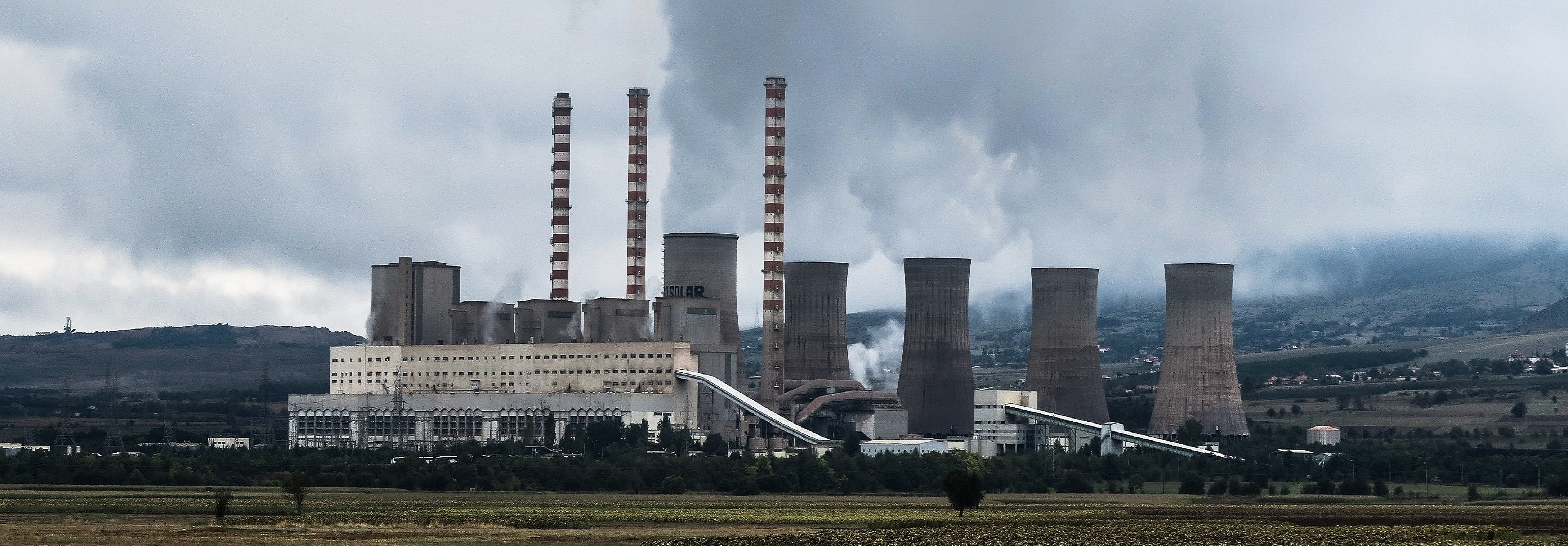
What is it?
The air emissions account in the System of Environmental-Economic Accounts (SEEA) provide information on emissions released to the atmosphere by establishments and households as a result of production, consumption and accumulation processes using the structures and principles laid out in the SEEA Central Framework. The SEEA Air Emissions Account record the generation of air emissions by resident economic units according to type of gaseous or particulate substance.
How it works
SEEA Air Emissions Accounts consist of three main groups to record the supply and use of air emissions:
- Generation of emissions: The SEEA Air Emissions Accounts describe the generation of specific emissions by type of industry or household.
- Emissions from accumulation: The SEEA Air Emissions Accounts provide information emissions generated from landfills and total emissions.
Air Emission Accounting and the SEEA Central Framework
Air emissions accounts are one of the many types of accounts covered by the SEEA Central Framework, all of which use the same accounting concepts. The SEEA Air Emissions Accounts provide an important resource to those working specifically in air emissions.
United Nations Framework Convention on Climate Change
The United Nations Framework Convention on Climate Change (United Nations, 1994) provides a framework for legally binding emission reduction targets and produced a significant amount of policy interest in accounting for air emissions. The accounting for emissions inventories under the Framework Convention closely parallels the accounting for air emissions as described in the SEEA. The main adjustments required to create a bridge between SEEA air emissions accounts and data required for the Framework Convention involve the emissions of residents abroad and non-residents in the territory, and adjusments to emissions from transportation.
